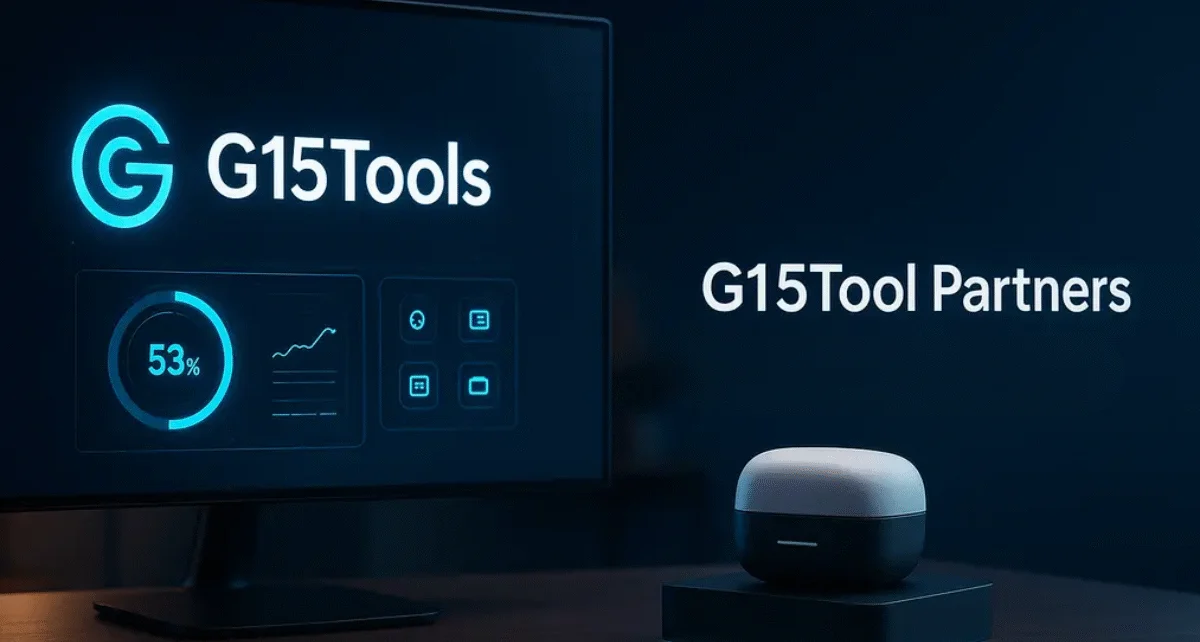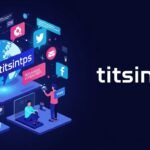Introduction
In today’s digital world, collaboration is the key to growth. The term “Partners G15Tool” has been gaining attention among tech enthusiasts, creators, and businesses. But what does it really mean? Is it a formal partnership program, an affiliate network, or simply a marketing strategy? Understanding it can help users make informed decisions and guide businesses or creators interested in joining. This article breaks down the concept of Partners G15Tool, explaining how it operates, its benefits, potential risks, and best practices for joining or engaging with it. We will also explore how to evaluate it from the perspective of EEAT — Experience, Expertise, Authoritativeness, and Trustworthiness. By the end of this guide, you will have a complete understanding of how Partners G15Tool functions, how to safely engage, and how it can be leveraged for mutual growth, whether you are a user, a brand, or a creator.
What is Partners G15Tool?
At its core, Partners G15Tool represents a collaborative ecosystem where external entities — such as brands, creators, developers, or affiliates — work alongside the G15Tool platform. The purpose of this partnership network is to expand content, tools, product offerings, or marketing reach.
Partners can take many forms:
-
Tech brands offering integrations or products.
-
Content creators producing guides, reviews, or tutorials.
-
Affiliates helping promote services or products.
Essentially, a “G15Tool partner” is anyone contributing to the platform in a way that enhances the experience for users while mutually benefiting both the platform and the partner.
Why Partner Programs Matter
Partnership programs are critical for both users and creators.
For Users:
-
They gain access to a wider range of products, services, or expert insights.
-
Partnered content often provides deeper expertise or detailed reviews.
-
Users should remain aware of potential biases due to promotional interests.
For Brands/Creators:
-
Partnerships provide exposure to larger audiences and marketing support.
-
Access to tools, resources, and co-branded campaigns can accelerate growth.
-
Joining requires aligning with platform standards and quality guidelines.
EEAT Perspective:
Partnership programs can enhance authority if partners are credible and content is transparent. Low-quality or undisclosed partnerships can reduce trustworthiness, making careful evaluation essential.
Features of the Partners G15Tool Ecosystem
The program typically includes the following features:
| Feature | Description | Why It Matters |
|---|---|---|
| Diverse Partner Types | Involves tech brands, creators, and affiliates | Provides a variety of content and resources |
| Content & Integration | Includes articles, tutorials, reviews, and product integrations | Helps extend platform functionality and user engagement |
| Shared Resources | Marketing tools, technical support, and access to audiences | Facilitates smoother collaboration for partners |
| Quality Standards | Partners must meet content and product standards | Ensures reliable and trustworthy output for users |
| Revenue Opportunities | Some partners earn commissions or participate in revenue sharing | Provides financial incentives to maintain high-quality collaboration |
How to Become a G15Tool Partner
For businesses or creators interested in joining, the process usually involves:
-
Research & Alignment: Understand the platform’s focus and ensure your offering aligns with it.
-
Application: Submit your credentials, including experience, value proposition, and type of collaboration.
-
Onboarding: Receive guidelines on brand standards, content expectations, and technical access.
-
Collaboration: Launch initial projects such as content, integrations, or co-marketing campaigns.
-
Performance Tracking: Monitor engagement, revenue, or other KPIs and scale successful efforts.
Best Practices Before Joining:
-
Clarify the agreement in writing, including roles, deliverables, and compensation.
-
Understand disclosure requirements to maintain trust with users.
-
Begin with pilot projects to test collaboration before fully committing.
Benefits and Risks
Benefits:
-
Access to a broader audience and increased visibility.
-
Credibility boost from association with the G15Tool platform.
-
Revenue potential through commissions or co-branded efforts.
-
Collaboration can drive innovation and content quality.
Risks:
-
Lack of transparency in terms or benefits.
-
Partnered content may be biased or overly promotional.
-
Poorly defined quality standards can impact credibility.
-
Unclear agreements or lack of metrics can lead to wasted effort.
By carefully evaluating the program, both users and partners can maximize benefits while minimizing risks.
How to Evaluate Partners G15Tool Content (EEAT Checklist)
When encountering content marked as “Partnered with G15Tool,” consider the following:
-
Experience: Is there clear, real-world usage or practical examples?
-
Expertise: Are the authors or partners knowledgeable and credible in their field?
-
Authoritativeness: Does the partner or platform have recognized standing in the industry?
-
Trustworthiness: Is the partnership clearly disclosed? Are pros and cons presented fairly?
High EEAT content ensures users receive reliable, actionable, and transparent information.
Is Partners G15Tool Legitimate?
While the platform is active and accessible, the public documentation on the partner program is limited. However, there is no evidence of fraudulent activity, malware, or scams. Users and potential partners should proceed cautiously, focusing on transparency, clearly defined agreements, and measurable results.
Quick Verdict:
-
Legitimate but relatively modest in scale.
-
Safe to explore, but due diligence is essential before joining or relying on partnered content.
Practical Advice
For Users:
-
Verify if content is clearly labeled as partnered.
-
Evaluate credibility using the EEAT checklist.
-
Avoid making major decisions solely based on partnered content.
For Brands/Creators:
-
Treat it like any business collaboration.
-
Request clear terms and agreements.
-
Start with pilot projects and assess performance before scaling.
For Researchers:
-
Investigate testimonials, partner lists, and platform reputation.
-
Confirm transparency in affiliate or promotional relationships.
-
Check platform traffic and reach using independent tools.
Ultimate Guide to ZardGadjets: Your Online Tool Hub
Conclusion
Partners G15Tool represents a collaborative network of brands, creators, and developers working with the G15Tool platform to produce content, integrate tools, and promote products. For users, it can enhance access to expert content, reviews, and tools, but requires careful evaluation to ensure transparency and trustworthiness. For potential partners, the program offers opportunities for exposure, collaboration, and revenue, but demands due diligence, clear agreements, and alignment with platform standards. By focusing on EEAT principles — Experience, Expertise, Authoritativeness, and Trustworthiness — users and partners can navigate the ecosystem safely and effectively. While the program appears legitimate, it remains modest in scale, emphasizing quality over quantity. Approaching it with a strategic mindset, clear expectations, and transparency will help all parties maximize value while maintaining credibility and trust.
FAQs
1. What does “Partners G15Tool” mean?
It refers to the network of external entities collaborating with G15Tool to enhance content, tools, and product offerings.
2. How do I become a G15Tool partner?
Research the platform, submit a proposal, complete onboarding, and start with pilot collaboration projects.
3. Is partnered content trustworthy?
It can be, if clearly disclosed and evaluated using EEAT principles for expertise and transparency.
4. What are the benefits of joining?
Access to a wider audience, increased credibility, collaboration opportunities, and potential revenue.
5. What risks should I watch out for?
Vague terms, biased content, unclear agreements, lack of metrics, and insufficient disclosure.










